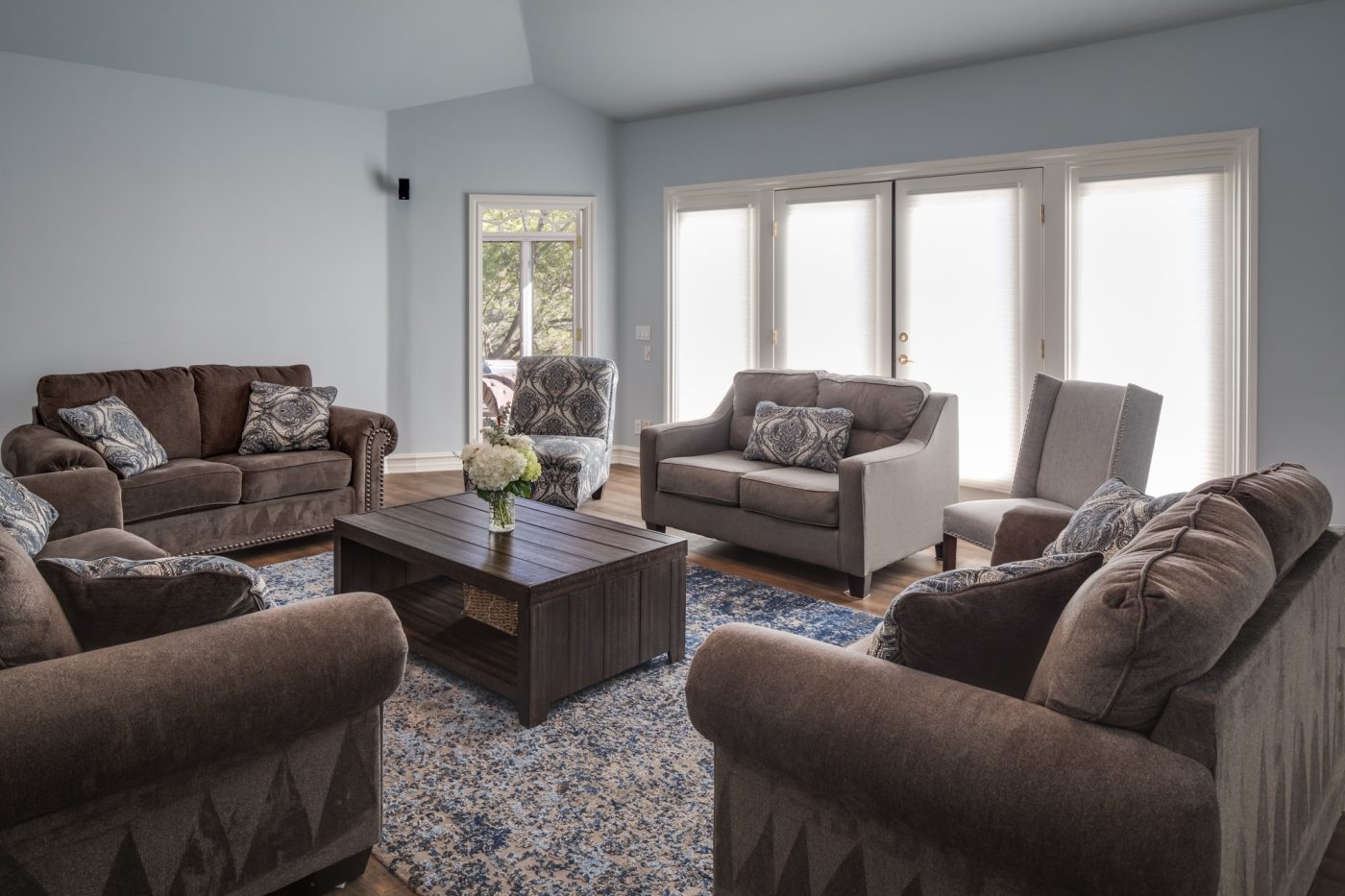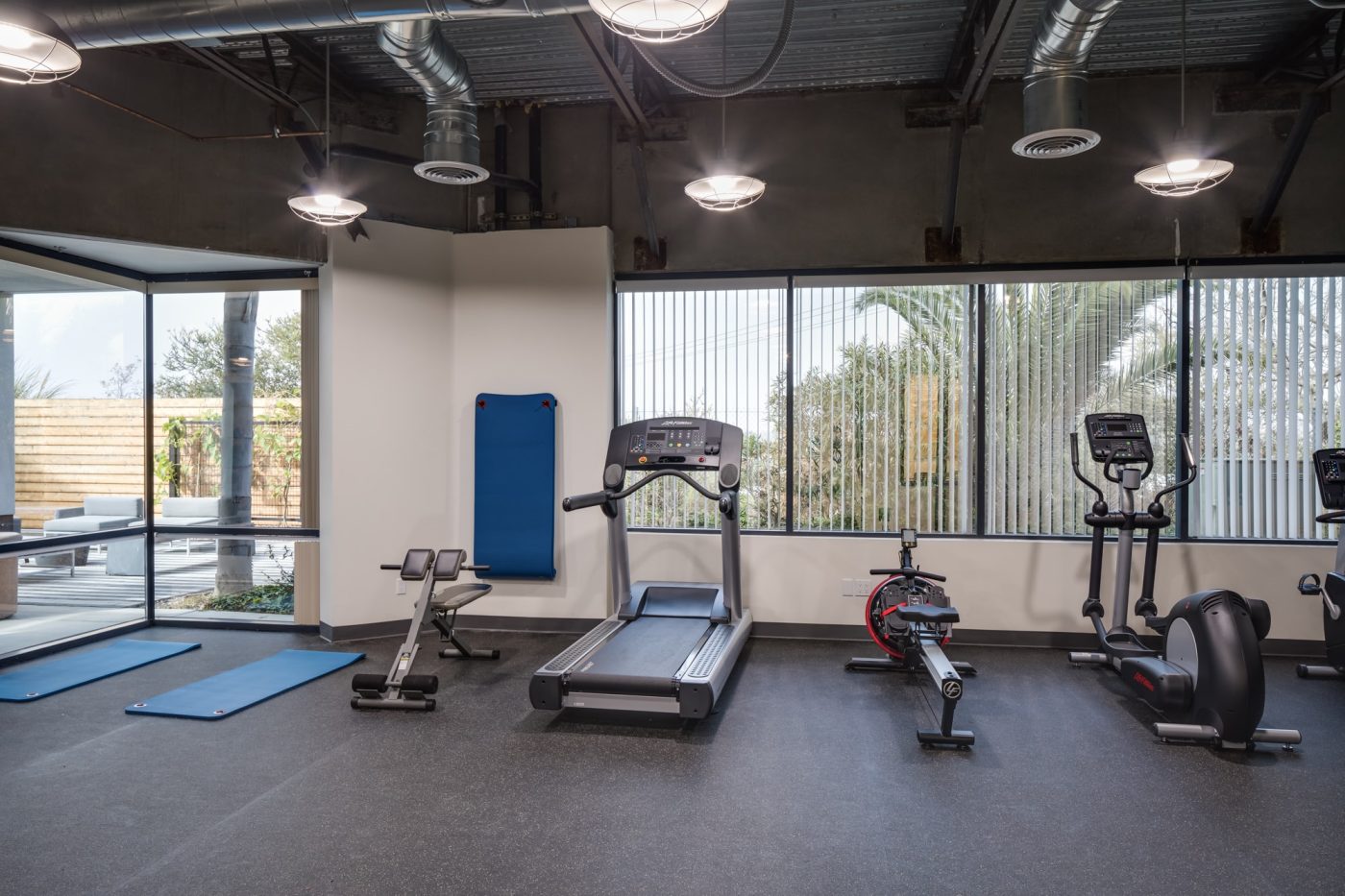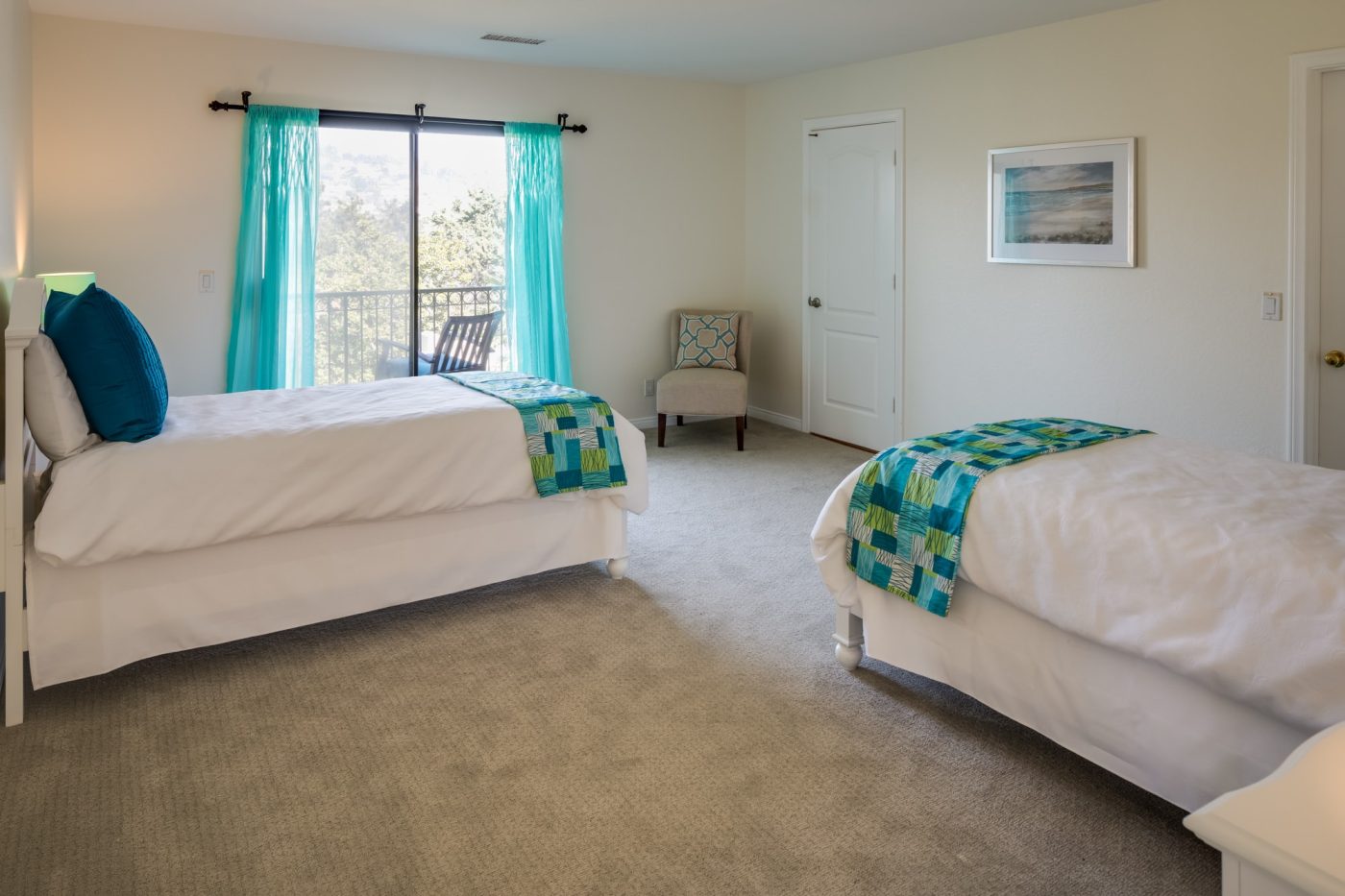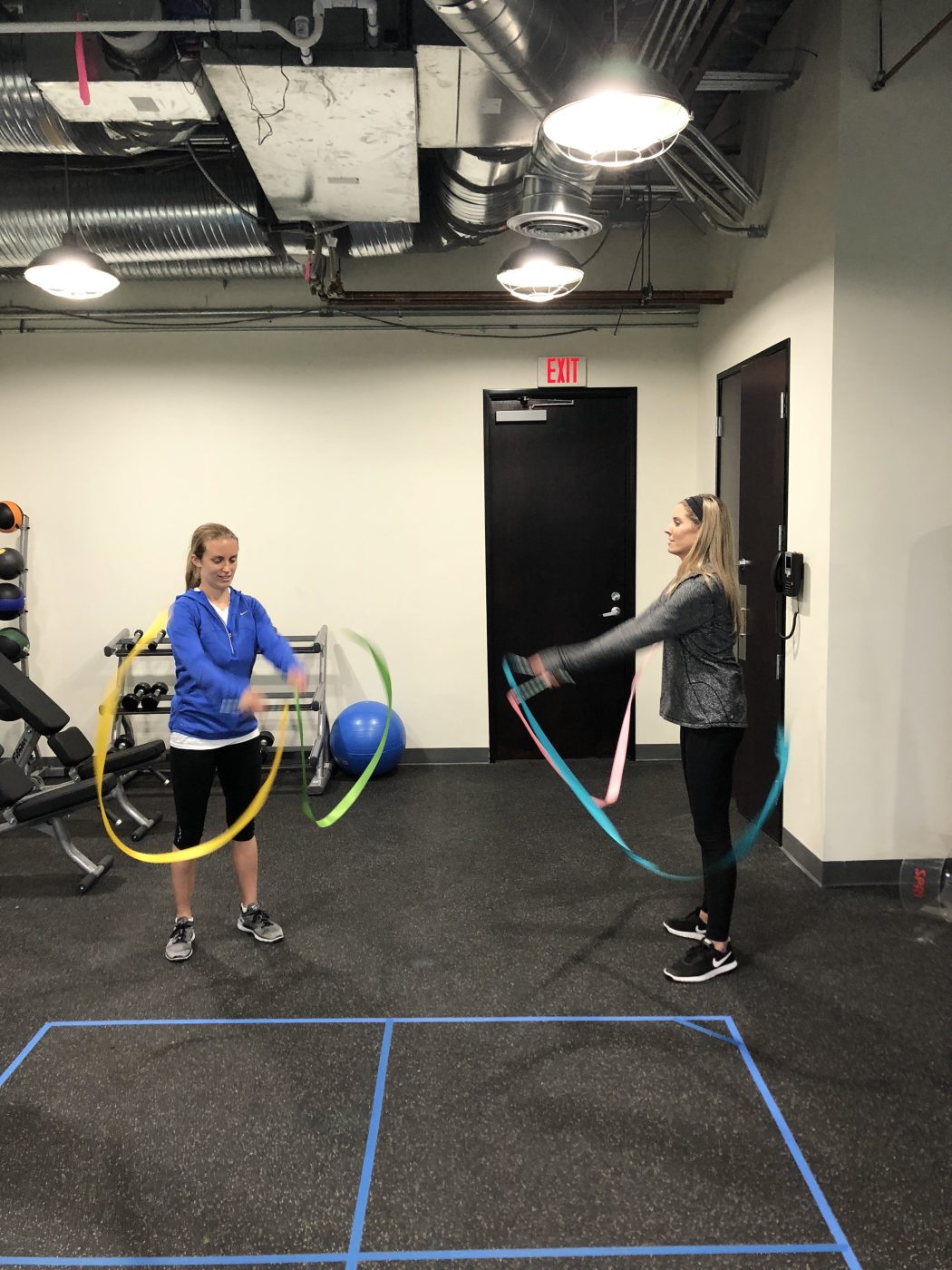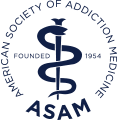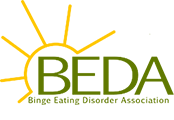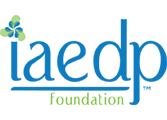Proudly serving Southern California, Montecatini Eating Disorder Treatment Center has helped transform the lives of females, ages 12 and up, struggling with body dysmorphic disorder for over 30 years.
Body Dysmorphic Disorder Treatment
Learn more about body dysmorphic disorder treatment at Montecatini Eating Disorder Treatment Center in Southern California
Body dysmorphic disorder is characterized by a person’s preoccupation with a part of her body that she feels is defective or flawed, even though this perceived defect may be slight or entirely unnoticeable to others. As a result of this perceived defect, a person with body dysmorphic disorder may frequently check her reflection, groom herself excessively, pick at her skin, seek reassurance, or compare her appearance to others. When a woman is struggling with an eating disorder, she typically has worries about her weight. However, if she has concerns about other body parts in addition to her weight, she may be struggling with body dysmorphic disorder. When a woman is fighting a two-front war against both an eating disorder and body dysmorphic disorder, often she will need professional care to help her learn to manage the symptoms of her disorders.
At Montecatini, we know the extraordinary courage it takes to address the physical, emotional, mental, and spiritual aspects of living with an eating disorder and co-occurring body dysmorphic disorder. We also know how vital it is to feel safe and supported while beginning the journey to overcome these disorders. That is why, in a serene and intimate environment, each patient’s treatment plan is customized to address her unique challenges, her unique family dynamics and history, her unique dreams for the future, and more. Our approach is collaborative and highly personalized, born out of true empathy and compassion.
We believe that no matter how long one has suffered from an eating disorder and co-occurring body dysmorphic disorder, healing and lasting freedom from such conditions are possible. Our mission is to support you every step of the way.
Helping a Loved One
Helping a loved one get treatment for body dysmorphic disorder
Seeing a loved one struggle with an eating disorder and body dysmorphic disorder can cause you to feel powerless when it comes to knowing how best to help her. For your loved one’s sake, though, it is important to remember that you are in a position to be a powerful ally to her. Consider the following steps:
- Spend time researching options for treatment. Look specifically for rehab centers that have extensive experience caring for individuals with eating disorders and co-occurring body dysmorphic disorder.
- While you are researching rehab centers, also learn everything you can about your loved one’s particular eating disorder and body dysmorphic disorder. In doing so, you can begin to better understand her experience and bolster your ability to empathize with her and be of help to her.
- Once you have completed your research, sit down with your loved one and share your concerns. These conversations, and there will likely be more than one, may be difficult. It is important that your loved one feels heard and supported. Now is not the time to make ultimatums or insist upon treatment. Rather, openly share your concerns and listen to your loved one’s responses.
- When your loved one decides to enter treatment, there is still work to be done. The transition into residential care involves making appointments with treatment center staff members, arranging for an extended absence from home, and taking care of other matters. Help your loved one with these arrangements, and make yourself available to accompany her to appointments and meetings.
- Above all, take care of yourself. Make sure you pay attention to your own mental, physical, and emotional health, and do not try to go it alone. Lean on the support of family and friends, and consider seeking the help of a therapist or support group.
Why Consider Treatment
Why consider treatment for body dysmorphic disorder
If left untreated, eating disorders and co-occurring body dysmorphic disorder can be fatal. Eating disorders are some of the most dangerous mental health disorders, as people with eating disorders are at risk of malnutrition, obesity, and a dramatically higher suicide rate than the general population. When an eating disorder exists in combination with body dysmorphic disorder, the potential for devastation is much greater. Eating disorders and co-occurring body dysmorphic disorder can disrupt a person’s ability to function at work, potentially causing demotion, job loss, long-term unemployment, and financial strain. These disorders can also harm a person’s relationships, resulting in separation, divorce, loss of friendships, and social isolation. They can also directly and indirectly harm a person physically, resulting in organ damage, starvation, or suicide. Fortunately, with proper care, it is possible for women to overcome their eating disorders and co-occurring body dysmorphic disorder and live full and healthy lives.
Why consider Montecatini
Eating disorders are progressive and debilitating illnesses that, when left untreated, have the highest mortality rate of any mental illness. Depending on which eating disorder a person struggles with, she may suffer from malnutrition, obesity, organ damage, diabetes, and developmental problems, as well as other mental health disorders. Because of their pernicious and systemic nature, it is not enough to merely treat the physiological symptoms of an eating disorder. Instead, a person must also receive care for the co-occurring psychological issues that may cause her to return to her unhealthy eating behaviors. If treatment is to be truly successful in the long-term, it is important that each person receives a full spectrum of physiological and psychological treatment. At Montecatini:
- Treatment is provided in a warm, family-like atmosphere.
- Programming is supplied by staff who demonstrate true empathy.
- Customized, multi-dimensional treatment plans are created for each patient.
- Skill-building opportunities are provided so that patients can learn to integrate healthy behaviors into daily living.
- Personalized, consistent care is afforded to each patient.
- Comprehensive family support and therapy are integral parts of treatment at Montecatini.
- Simultaneous treatment for co-occurring disorders is available.
- Renowned medical and psychiatric management round out the therapeutic services we offer.
- Nutrition therapy is factored into each patient’s treatment in order to help her reestablish a healthy relationship with food.
- A full continuum of care is offered in order to ensure each patient’s long-term recovery.
At Montecatini, we believe that no matter how long you have suffered from an eating disorder, recovery is possible and hope is manifested daily as we work together in support of your long-term healing and inner-peace.
Types of Treatment
Types of body dysmorphic disorder treatment offered at Montecatini Eating Disorder Treatment Center
Since treating our very first patient in 1991, Montecatini has helped inspire and transform the lives of hundreds of women. We are nationally recognized as a leading provider of eating disorder treatment and we are dedicated to helping our patients resume their lives as healthy, joyful individuals who are ready to live to their fullest potential. Females aged 12 and up can heal in our residential, partial hospitalization, and intensive outpatient programs. These programs are designed to help our patients overcome anorexia nervosa, bulimia nervosa, or binge-eating disorder, as well as co-occurring mental health and substance use disorders, including body dysmorphic disorder.
Montecatini is located just three miles from the Pacific Coastline in picturesque Carlsbad, California. The center itself exudes the comfort and safety akin to being at home, and our staff puts forth every effort to ensure that the atmosphere we create is both peaceful and conducive to recovery. Each patient is treated with the utmost respect and dignity, and her care will be personalized to her unique history, challenges, life experiences, and needs.
Our staff of passionate and devoted professionals, many of whom have overcome their own struggles with eating disorders, work in close collaboration with each patient who comes to us for treatment. By creating personalized plans for each person who chooses to heal with us, we are able to provide the highest quality of care while honoring the individuality of each patient. Depending upon the outcome of an initial assessment, patients may have the following interventions incorporated into their customized treatment plans as they work towards overcoming an eating disorder and co-occurring body dysmorphic disorder:
Medical care: For patients who are medically stable, yet still require additional care for their physical health as they navigate the recovery process, Montecatini is pleased to offer renowned medical care. As a distinguished provider of eating disorder treatment, we recognize that the physical health of our patients can be compromised by the presence of an eating disorder. We also partner with specialists in San Diego to ensure our patients’ medical needs are appropriately met.
Medication management: When a patient comes to us battling a mental health condition in addition to an eating disorder and co-occurring body dysmorphic disorder, they may benefit from the inclusion of certain medication(s). Our psychiatrist is available to meet with patients once per week to assess medication needs, prescribe medication, and adjust dosages as needed. Physician’s assistants and nurses are also available to monitor the effectiveness of any medication that is prescribed and to ensure that patients are adhering to their medication regimens.
Individual therapy: Individual therapy occurs three times per week. Each patient meets with her assigned primary therapist in a one-on-one setting, which provides an excellent forum to assess progress and to discuss setbacks and successes that have occurred during rehab treatment.
Family therapy: Each patient’s family members are invited to participate in family therapy sessions while their loved one is receiving treatment. This treatment method, which is offered once per week unless otherwise indicated, is designed to heal emotional wounds and promote unity among our patients and their primary support networks.
Group therapy: Offered up to five times per day, group therapy is a key component of treatment at Montecatini. Led by therapists, registered dietitians, nurses, patient assistants, yoga instructors, and art therapists, group therapy covers a wide range of topics that can further the recovery process and provides an optimal setting for patients to gain support and encouragement from staff members and other patients. Groups that may be incorporated into a patient’s treatment plan as she works towards recovering from an eating disorder and co-occurring body dysmorphic disorder may include the following:
- Body image
- Expressive arts therapy
- Dialectical behavior therapy (DBT)
- Interpersonal process group
- Cognitive-behavioral therapy (CBT)
- Relapse prevention
- Yoga
- Nutrition counseling and education group
- NIA
- Spirituality/12-Step group
- Family weekend incentives
- Food and feelings group
- Mindfulness/meditation
- Integrated care group that is focused on substance use
- Exposure therapy
- Action planning
- Outside 12-Step group
- Menu planning and meal preparation
Experiential therapy: In order to help our patients nurture the mind-body connection and apply learned skills in real-world settings, at Montecatini, we are proud to offer a number of experiential therapy opportunities. Experiential therapies complement the other therapeutic interventions we provide and typically take place once per week. Depending on the patient’s needs, the following may be part of her personalized treatment plan as she works towards overcoming her eating disorder and co-occurring body dysmorphic disorder:
- Restaurant outings
- Grocery shopping
- Clothes shopping
- Group dinners
- Challenge food outings
- Beach trips
Our experienced staff members, many of whom have specialized training in therapeutic techniques and treating a myriad of co-occurring conditions, including body dysmorphic disorder, assess patients’ needs on an ongoing basis and can recommend additional interventions if they are determined to be conducive to a patient’s recovery.
Because we realize that recovery from an eating disorder and co-occurring body dysmorphic disorder does not end with the completion of residential rehab, Montecatini purposefully begins preparing our patients for discharge on the day they are admitted to our program. Many of our patients transition to our partial hospitalization program (PHP) after completing our residential treatment, and then step down to our intensive outpatient program (IOP) after completing PHP. Each patient’s primary therapist determines and coordinates the most appropriate follow-up and aftercare services, and alumni of our program are welcome to attend our weekly support groups and Alumni Events and Celebrations for as long as they wish. Our goal is to help our patients return to lives that are not only functional, but joyful and deeply supported as well.











